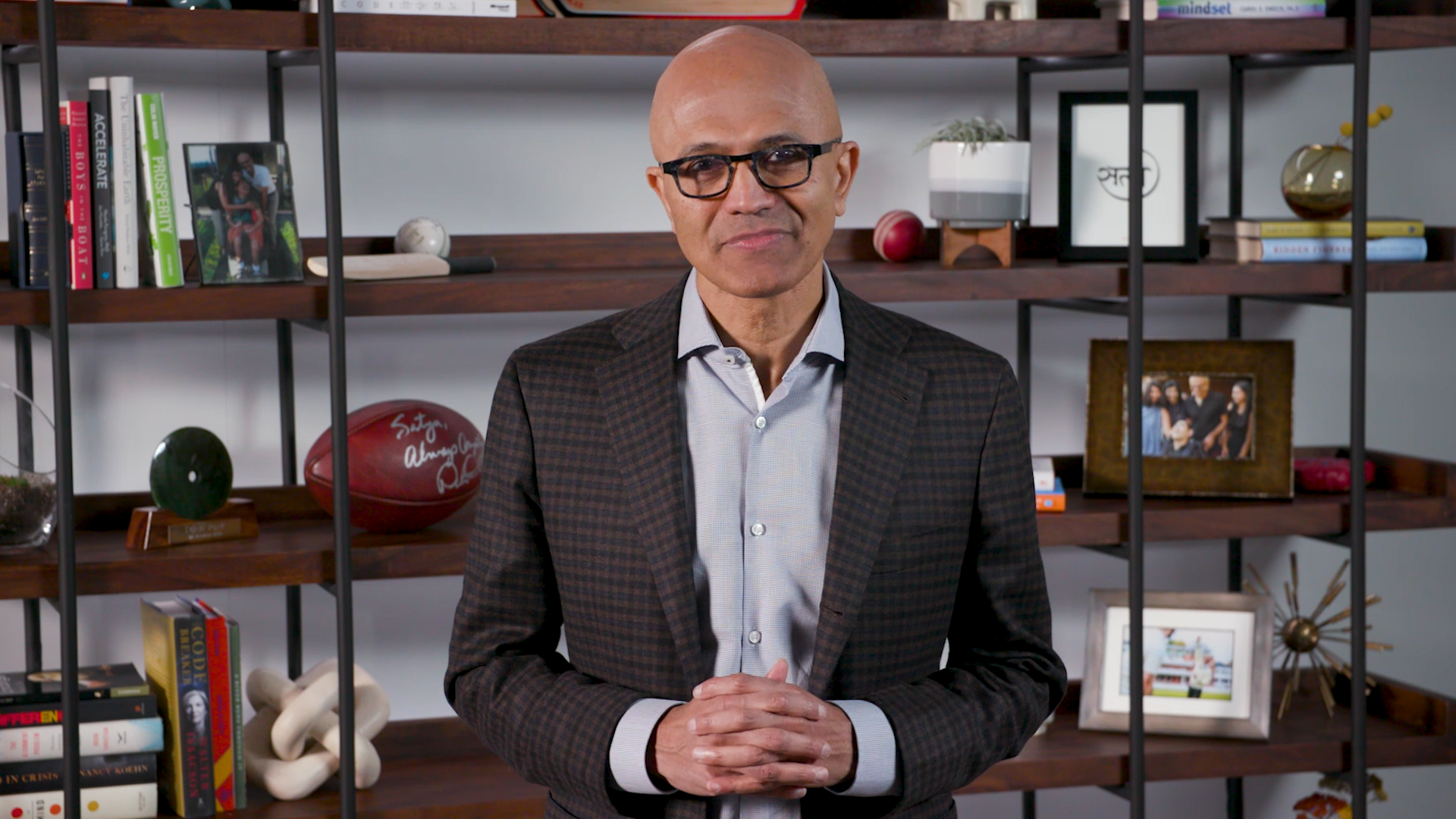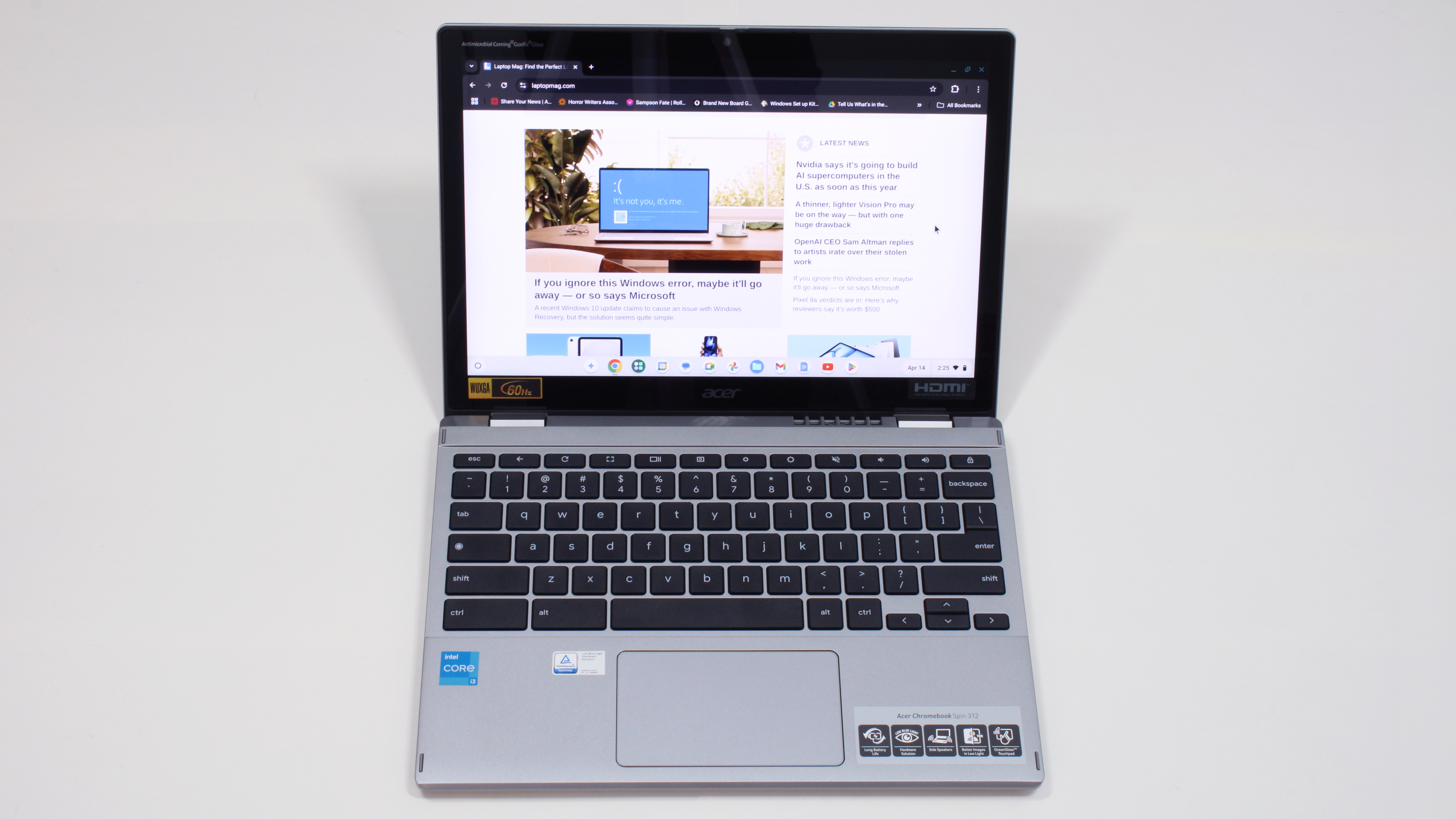Microsoft CEO brags, AI model performance is "doubling every 6 months"
Microsoft posts its wins in Q3 earnings report, but will its success keep pace with its powerful AI models?

For decades, Moore's Law has been the official-unofficial pulse of progress in tech. First observed by Gordon Moore in 1965, it forecast the doubling of transistors in microchips roughly every two years, setting the pace for performance and innovation in computing like clockwork.
But AI is a far more chaotic space, where progress is much harder to measure. Transistors aren't the only thing beating a path into uncharted territory. Here, the metrics of progress are marked by models, not only microchips.
According to Microsoft CEO Satya Nadella, the company's models are doubling up in performance too — only it's managing to do it in months, not years.
Following Microsoft's recent Q3 2025 earnings report, Nadella took to X to share how the performance of its models are "doubling every 6 months."
2/ We are riding multiple compounding S curves in pre-training, inference time, and systems design, driving model performance that is doubling every 6 months.Azure is the infrastructure layer for AI, optimized across every layer: DCs, silicon, systems software, and models to…April 30, 2025
Microsoft riding high with AI
According to Nadella, Microsoft is riding high on an S curve of progress that is seeing improvements in pre-training, inference time, and systems design — meaning smarter, faster, and more finely-tuned models than ever before. But is it paying off?
Looking at Microsoft's Q3 2025 earnings report, yes. The company showed growth almost across the board, with $70.1 billion in revenue, up 13% year-over-year, with Intelligent Cloud (which includes Microsoft's Azure platform) up 21% also.
Playing a part in that, Microsoft Copilot usage grew by 35% quarter-over-quarter, emphasizing the growing popularity of the company's AI services — many of which make use of the same OpenAI-created frontier models that power tools like ChatGPT following a multi-billion dollar investment in the company.
Sign up to receive The Snapshot, a free special dispatch from Laptop Mag, in your inbox.
At the time, such a heavy investment in the start-up raised considerable eyebrows. However, it's an investment that continues to pay off, even if the relationship between the two isn't as strong as it previously was, with Microsoft losing its exclusive cloud provider status for OpenAI in January.
What's next
Impressive figures and even more impressive performance forecasts shared by Microsoft's CEO paint a bright future ahead for the company's AI ambitions. Earlier this year, Microsoft announced plans to invest $80 billion in data centers, further pushing its potential as a major player in the AI space.
The company's models are getting faster, cheaper to run, and more accessible — being introduced into services like Windows, Azure, and Microsoft Copilot 365.
But is this pace maintainable, especially with such huge investment plans? Even Moore's Law had its moments of tapering, but that did take decades to become apparent. Nadella's Law, if we can call it that, is the candle that burns four times as bright, and potentially just as quickly.
More from Laptop Mag
- Windows 11 24H2: Microsoft is auto-downloading it to everyone, if you don't want it
- Microsoft found a way to fix slow Word launches, but it’s not all good news
- Amid the slow death of Windows 10, Microsoft's CEO reveals a bold stat about Windows 11

Rael Hornby, potentially influenced by far too many LucasArts titles at an early age, once thought he’d grow up to be a mighty pirate. However, after several interventions with close friends and family members, you’re now much more likely to see his name attached to the bylines of tech articles. While not maintaining a double life as an aspiring writer by day and indie game dev by night, you’ll find him sat in a corner somewhere muttering to himself about microtransactions or hunting down promising indie games on Twitter.
